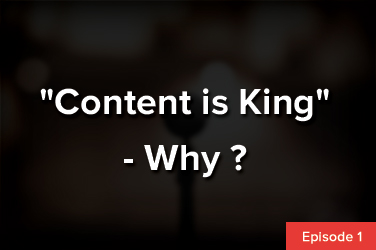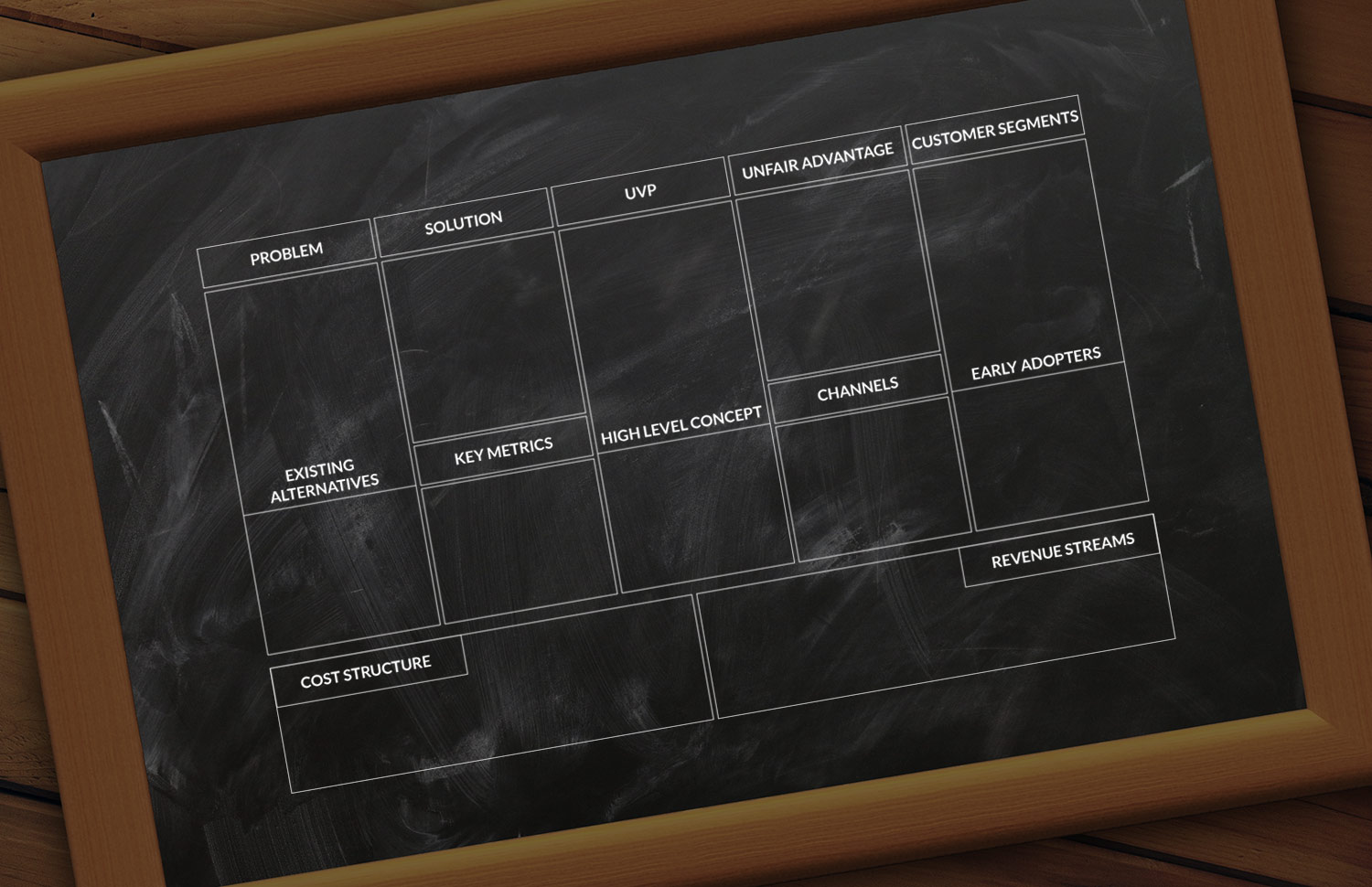The 5 Sins of Marketing to avoid for success
Podcast EP03 Show Notes: There are five mortal sins that you probably commit every day. Not with your friends. Not with your family. But with your marketing. Customers don’t react well when you commit these five sins. There are rules about what you need to do to reel them in, and breaking those rules can […]
Show Notes:
There are five mortal sins that you probably commit every day. Not with your friends. Not with your family. But with your marketing.
Customers don’t react well when you commit these five sins. There are rules about what you need to do to reel them in, and breaking those rules can easily lose you sales.
When making these mistakes – like simply advertising, rather than marketing – you are costing your business money. Instead, you should be providing value to your customers and connecting with them on a deeper level.
There are huge possibilities for connecting with your audience. You have a lot of tools at your disposal, like Facebook, YouTube, and email. But tools without a process are nothing. In this episode, I’m talking about how to create value in your marketing and avoid the sins that won’t net you any sales.
I’ll tell you about the strategy you need in order to put your marketing into action. Then we’ll talk about developing your marketing to a new level.
In fact, I go through all five sins and what you should do instead.
Link : Buyers Journey
Next Step:
Have some thoughts or any topic you would like me to cover in future episodes – drop them in comments. And Don’t forget to share what you found useful!
if you want to make some real progress then book a strategy session with W3bMinds to put these tips into practice. And Last Follow us on Twitter & Facebook for more tips.
Archives by Month:
March
- Why People Buy? What key factors determine they would do business with you?
- Special Guest – Raj Smriti
- Let’s catch the Thief that is stealing your success



February
January
- The 5 Sins of Marketing to avoid for success
- How to charge what you’re worth?
- Ever heard “Content is King” – Why ?



July
- 20 Myths About Business Success Revealed
- 4 Ways to Stop Burning Money in Ads but Still Get More Customers?
- What’s the Key to Creating Successful Conversion Content? and Grow Sales!
- Inbound Marketing – Perfect For People Who Hate Selling
- The Worst Advice We’ve Ever Heard About Sales





March
- What is Buyer’s Journey & Why it matters for your business?
- 4 Reasons why your Marketing efforts are not paying off or converting?
- The Benefits of Buyer Personas and How to Get Started?
- Why We Don’t Sell Any Project Without Discovery?




February
- 10 signs your website might be ready for an upgrade
- Why your business needs a technical co-founder…and where to find one?


January
December
- Startups Business – Determining if Your Business is Ready for Funding
- Five steps to attract investors
- How to Make a Successful Startup Business Plan.
- 10 Common Mistakes New Businesses Make




November
- 10 Crucial Errors to Avoid for Startup Businesses
- Spread the Word: 4 Ways to Enhance Your Online Presence
- $100 website vs a $10,000 website? What’s the difference?
- Brochure Website vs. Sales Person Website – What Really Works for You?
- $10,000?! For a website? Is a website worth that much ?













